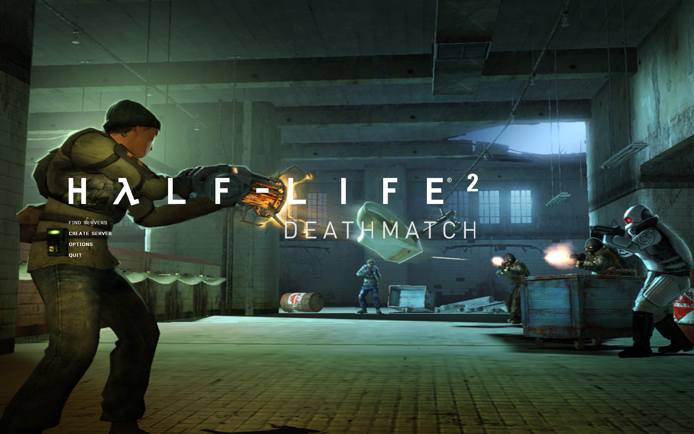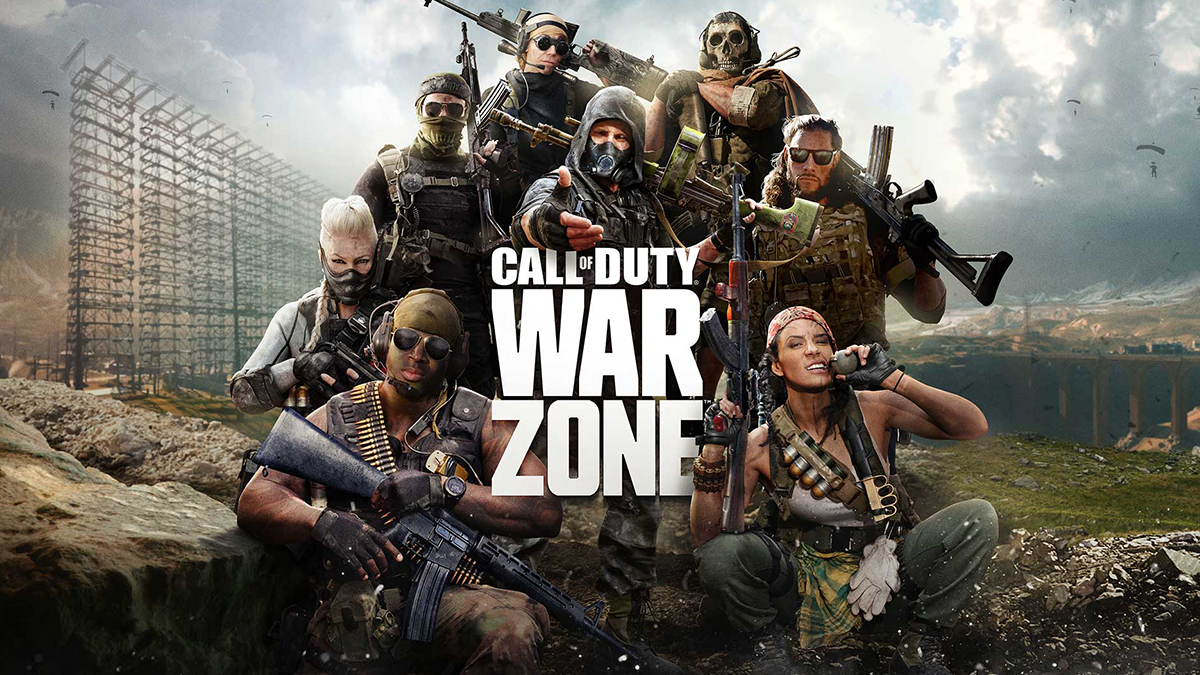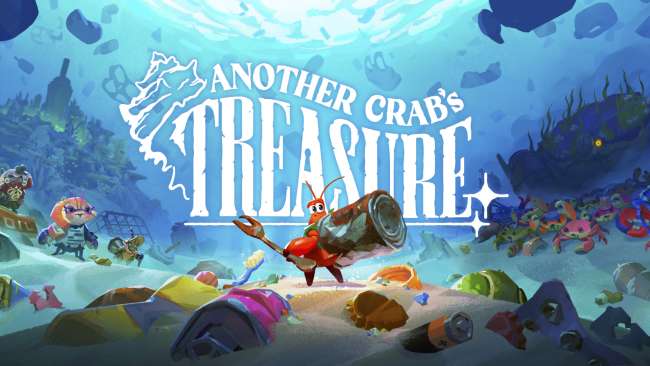First-person shooters (FPS) have been one of the most influential and enduring genres in video game history. From the fast-paced, pixelated action of the early 90s to the photorealistic battlefields and deep multiplayer experiences of today, FPS games have constantly evolved, adapting to new technologies, player expectations, and cultural shifts.
Doom, released in 1993, is often credited as the defining game of the genre, but its roots go back even further. Early experiments with first-person perspectives and shooter mechanics laid the groundwork for the revolutionary titles that followed. Over the years, FPS games have moved from simple single-player experiences to global competitive phenomena, with professional tournaments, esports leagues, and massive online communities.
This article takes a deep dive into the history and transformation of FPS games, tracing their origins, major innovations, cultural impact, and the exciting future that lies ahead.

The Early Years: Pioneering the First-Person Perspective
Before Doom redefined the genre, there were a handful of early experiments with first-person gameplay. These games, though simplistic by today’s standards, played a crucial role in shaping what would become FPS gaming.
One of the very first games to use a first-person perspective was Maze War (1973). It allowed players to navigate a simple maze, hunt down opponents, and experience a virtual environment through the eyes of their character. Though it lacked advanced mechanics, it was one of the earliest steps toward what we now recognize as FPS gaming.
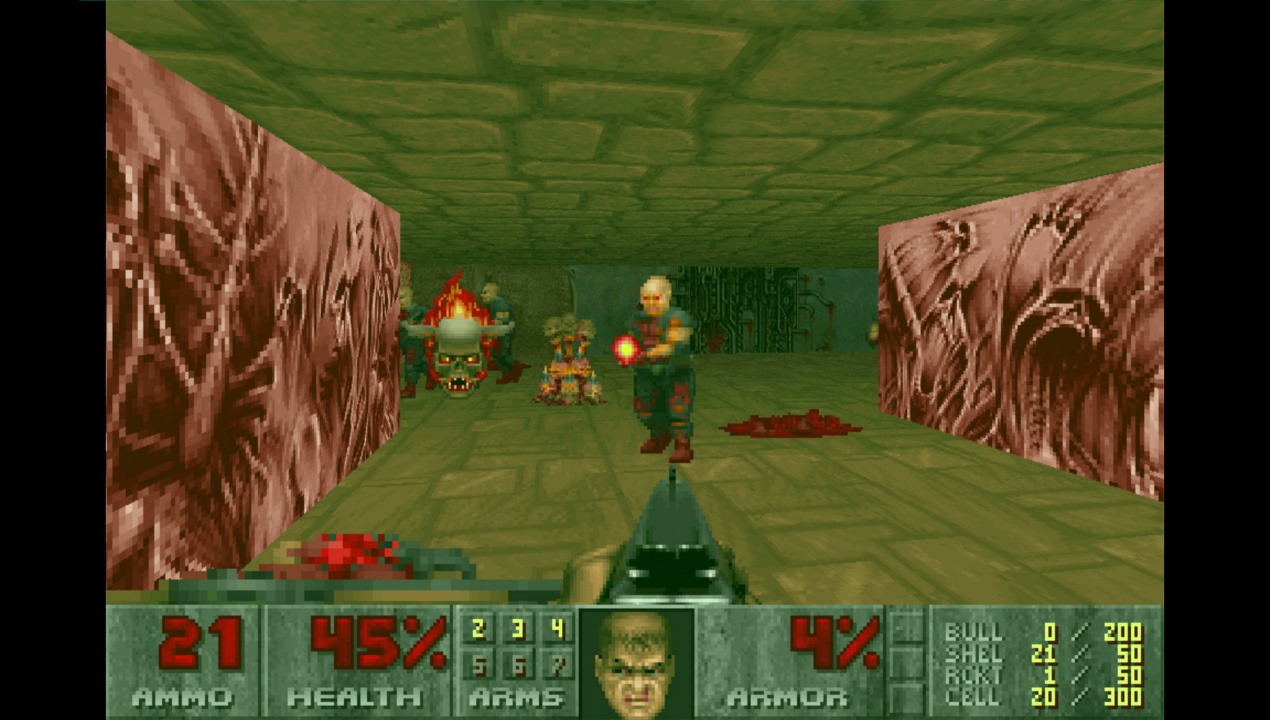
Another early example was Spasim (1974), a multiplayer space simulation game that introduced a first-person perspective in a 3D environment. While it wasn’t an action-packed shooter, it contributed to the idea of interacting with a virtual world from a first-person viewpoint.
As gaming technology advanced in the 1980s, more developers began experimenting with first-person gameplay. Battlezone (1980) was one of the first arcade games to feature a 3D perspective, putting players inside a tank and allowing them to aim and shoot at enemy vehicles. It was groundbreaking for its time, showcasing the potential for immersive first-person combat.
In 1987, Midi Maze introduced multiplayer FPS gameplay. Players could engage in combat using a network of Atari ST computers, a concept that would later become essential for FPS gaming. Though simple, it foreshadowed the multiplayer deathmatches that would define the genre in the years to come.
These early games may not have had the speed, complexity, or depth of modern FPS titles, but they introduced core ideas—first-person movement, shooting mechanics, and multiplayer battles—that would later become defining aspects of the genre.

The Breakthrough: How the 1990s Defined the FPS Genre
The early 1990s saw a turning point for FPS games. Developers began to refine first-person movement and combat, leading to some of the most iconic and influential titles of all time.
Wolfenstein 3D (1992), developed by id Software, is often credited as the game that introduced FPS mechanics to the mainstream. It featured smooth first-person movement, fast-paced gunplay, and maze-like levels filled with enemies. While limited in some aspects—it lacked vertical aiming and had simple level designs—it set the foundation for what was to come.
Then came Doom (1993), the game that truly defined the genre. It improved on Wolfenstein 3D in almost every way, featuring larger and more detailed environments, a variety of weapons, and a greater emphasis on action. But perhaps its most significant contribution was multiplayer. Doom introduced networked deathmatches, allowing players to fight against each other in a fast-paced, competitive setting. This was the birth of online FPS gaming, an aspect that remains central to the genre today.
Following Doom, the FPS genre exploded in popularity. Quake (1996) took things even further by introducing fully 3D environments, real-time lighting effects, and internet-based multiplayer. Unlike Doom, which used 2D sprites in a 3D world, Quake featured fully polygonal enemies and environments, making movement and aiming feel more fluid. It also introduced the concept of online competitive FPS gaming, paving the way for esports.
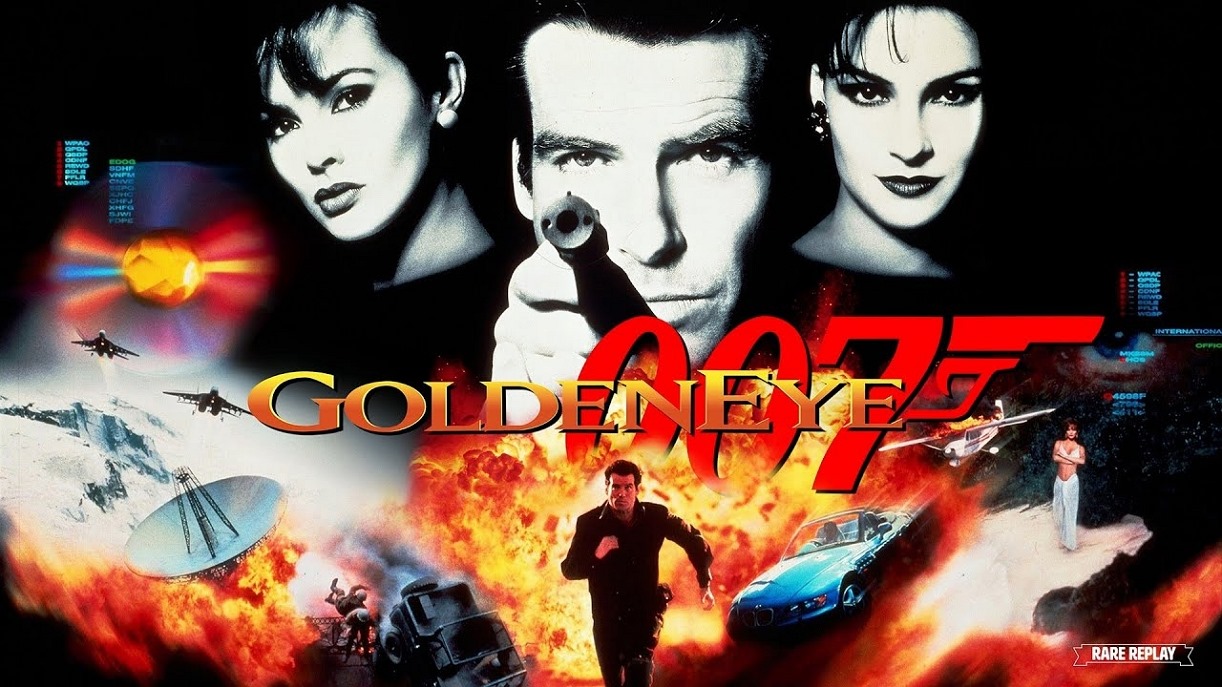
The late ’90s also saw the expansion of FPS games beyond PC gaming. GoldenEye 007 (1997) brought FPS action to consoles, proving that shooters could work well with a gamepad. It featured mission-based gameplay, stealth mechanics, and a legendary split-screen multiplayer mode. For many console players, GoldenEye 007 was their first FPS experience, and it remains one of the most beloved shooters of all time.
Meanwhile, Half-Life (1998) revolutionized FPS storytelling. Unlike previous shooters, which focused primarily on fast action, Half-Life introduced a fully immersive narrative. The game never pulled players out of the first-person perspective, making storytelling a seamless part of gameplay. It also featured advanced AI, puzzles, and scripted events that made the world feel alive.
By the end of the 1990s, FPS games had established themselves as one of the dominant genres in gaming. With multiplayer modes becoming more popular and game engines improving, the stage was set for even greater advancements in the 2000s.
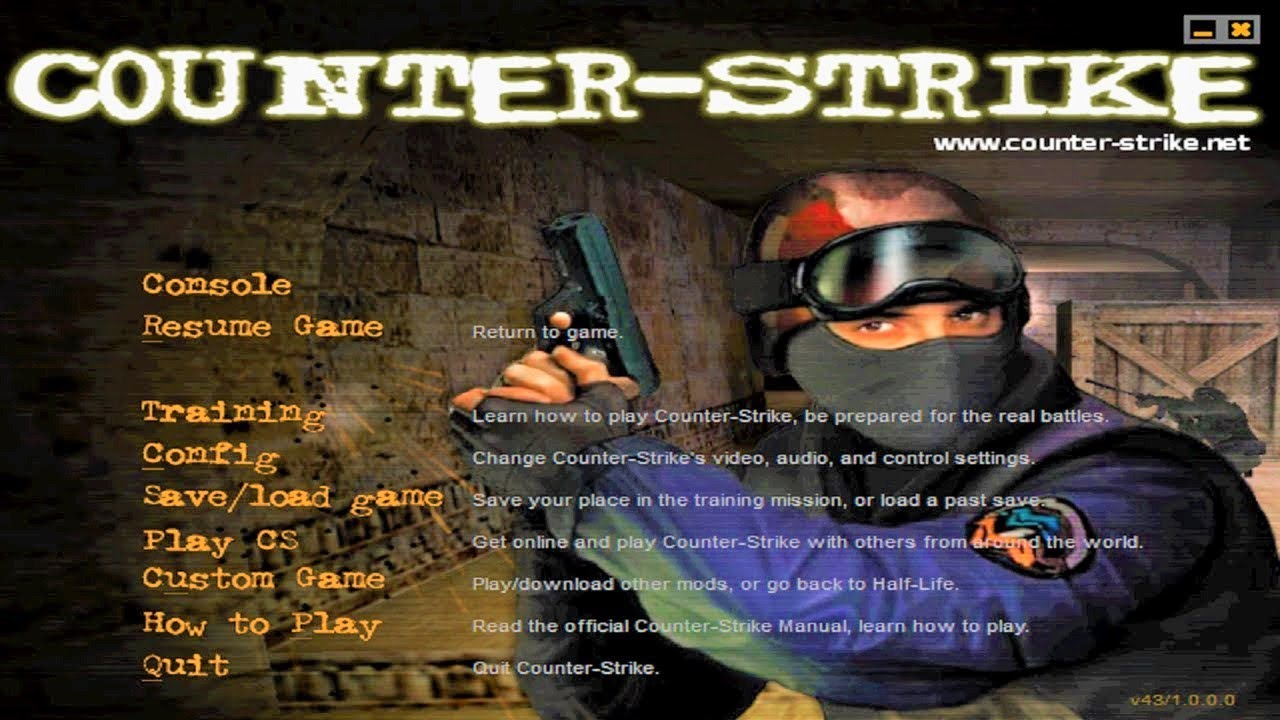
A New Era: Multiplayer and Tactical Innovation in the 2000s
The 2000s marked a shift in FPS gaming. While fast-paced, arena-style shooters like Quake and Unreal Tournament were still popular, a new focus on realism, tactical gameplay, and large-scale battles emerged.
One of the biggest success stories of this period was Counter-Strike (1999), which originally started as a mod for Half-Life before becoming a standalone game. Instead of chaotic, fast-paced deathmatches, it introduced a more tactical, team-based experience. Players had to work together to complete objectives, manage limited resources, and master precise shooting mechanics. This approach resonated with players, and Counter-Strike became one of the most-played multiplayer FPS games of all time, setting the foundation for modern esports shooters.
Another major innovation came with Halo: Combat Evolved (2001). Before Halo, FPS games struggled to find success on consoles, often suffering from clunky controls and limited multiplayer options. Halo changed that by introducing a control scheme that worked seamlessly with a gamepad, regenerating health mechanics, and expansive, open-ended level design. It also featured split-screen and LAN multiplayer, which became a defining feature of early 2000s gaming.
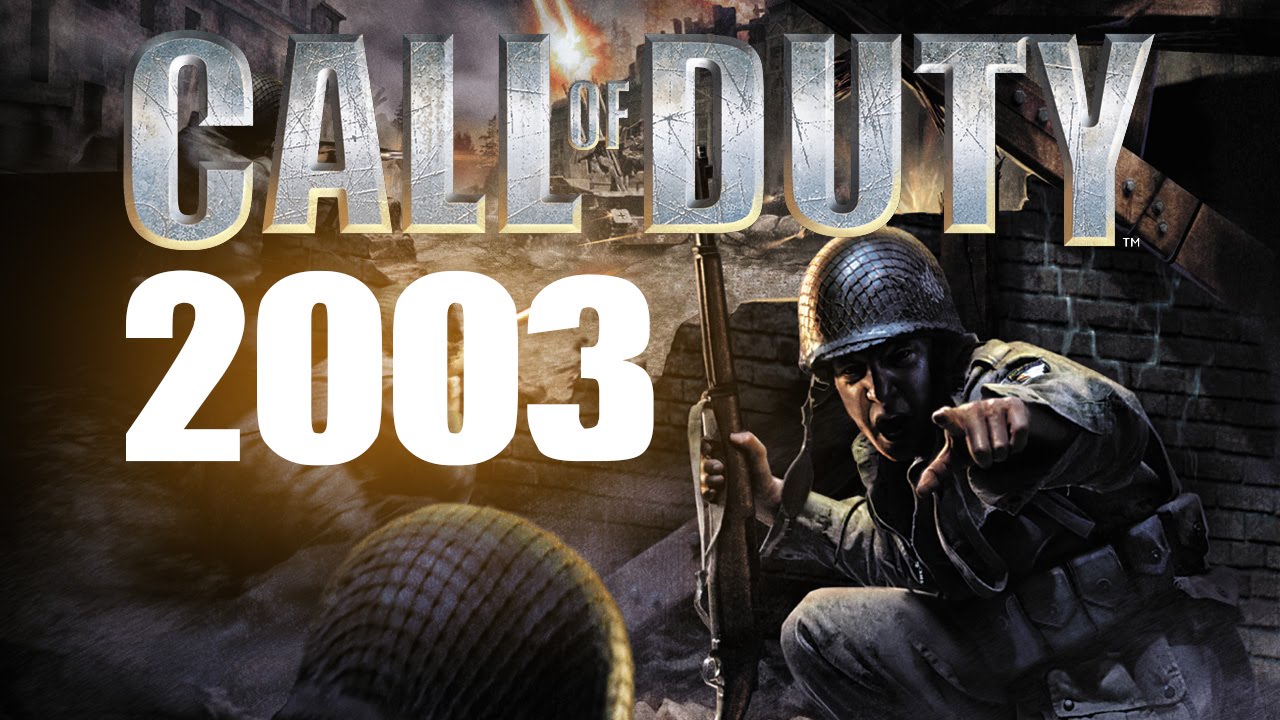
Meanwhile, Call of Duty (2003) took FPS storytelling to new heights. It focused on large-scale battles, immersive set pieces, and AI-controlled squadmates that made the game feel like a real war experience. Unlike previous shooters, where the player was a lone warrior, Call of Duty made players feel like part of a larger military operation.
With broadband internet becoming more common, online multiplayer became a staple of FPS games. Halo 2 (2004) revolutionized online console gaming by introducing matchmaking and ranking systems, making it easier than ever for players to find and compete against others. On PC, Battlefield 2 (2005) introduced massive, team-based battles with vehicles, squad-based tactics, and large-scale warfare, laying the groundwork for future large-scale FPS games.
During this period, FPS games became more varied, with some focusing on tactical realism, others embracing cinematic storytelling, and many emphasizing competitive online play. The 2000s were a golden age for FPS innovation, setting the stage for even greater changes in the following decade.
Modern Innovations: The Rise of Battle Royales and Hero Shooters
By the 2010s, FPS games had reached new levels of complexity, with hyper-realistic graphics, refined multiplayer systems, and highly competitive online communities. But the genre continued to evolve, adapting to changing player preferences and new trends. Two of the most significant innovations during this period were the rise of battle royale games and the emergence of hero shooters.
One of the biggest shifts in FPS gaming came with PlayerUnknown’s Battlegrounds (PUBG) (2017). Unlike traditional shooters, where players engaged in team-based matches or single-player campaigns, battle royale games introduced large-scale survival mechanics. In PUBG, up to 100 players were dropped onto a massive island with no weapons, forcing them to scavenge for supplies, eliminate opponents, and survive until only one remained. This last-man-standing format was unlike anything FPS fans had seen before.
Then came Fortnite (2017), which took the battle royale concept and combined it with fast-paced building mechanics, cartoon-style visuals, and a free-to-play model. While originally intended as a co-op survival game, its battle royale mode quickly became a cultural phenomenon, attracting millions of players worldwide. Fortnite introduced seasonal updates, live in-game events, and cross-platform play, setting new standards for how FPS games could engage players over time.
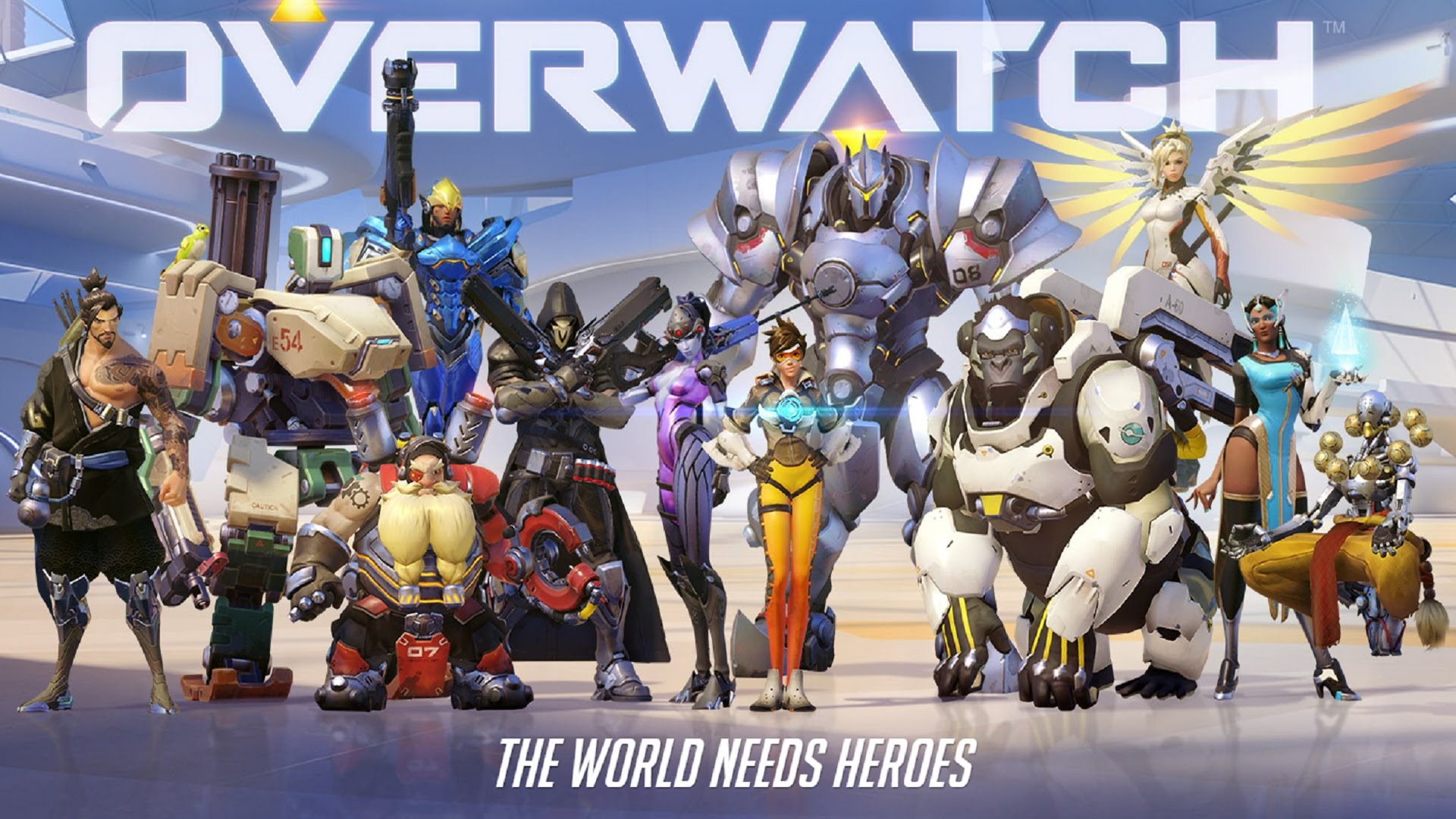
Around the same time, hero shooters emerged as a new subgenre. Overwatch (2016) led the charge, blending FPS mechanics with character-based abilities, a diverse roster of heroes, and objective-based gameplay. Unlike traditional shooters where all players had access to the same weapons and mechanics, Overwatch introduced unique characters, each with their own playstyle, weapons, and abilities. This made teamwork and strategy just as important as raw shooting skills.
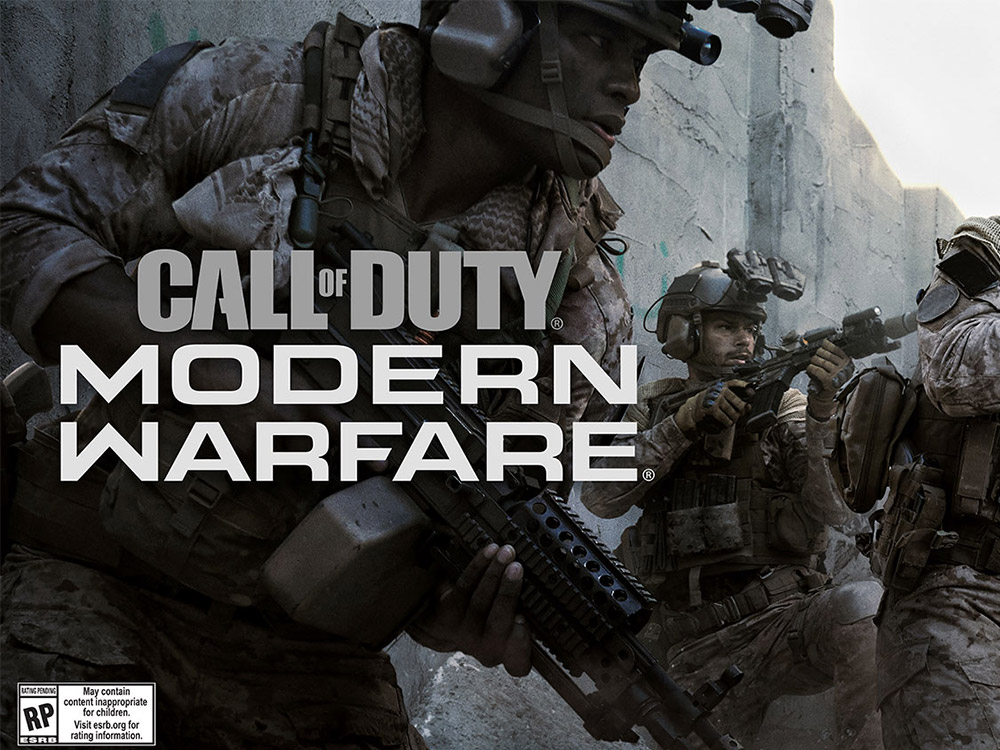
Another major innovation was the continued push for realism in FPS gaming. Call of Duty: Modern Warfare (2019) introduced photorealistic environments, advanced AI behavior, and a more grounded approach to gunplay, moving away from the futuristic settings that had dominated the series in previous years. Similarly, Battlefield 2042 (2021) expanded upon large-scale warfare, introducing massive 128-player battles and destructible environments powered by cutting-edge technology.
Virtual reality also made significant strides in FPS gaming. Half-Life: Alyx (2020) demonstrated how immersive a first-person shooter could be when designed from the ground up for VR. Instead of traditional control schemes, players physically interacted with objects, reloaded weapons manually, and engaged in combat with an unprecedented level of realism. The success of Half-Life: Alyx showed that VR FPS games had the potential to become a major part of the genre’s future.
By the late 2010s and early 2020s, FPS games had diversified like never before. Players could engage in battle royale survival challenges, character-driven hero shooters, hyper-realistic military combat, and fully immersive VR experiences. The genre had moved far beyond its early days of simple run-and-gun gameplay, offering something for every kind of player.
The Cultural Impact of FPS Games
FPS games have gone beyond being just a form of entertainment; they have influenced culture, technology, and even the way people interact with digital media.
One of the biggest contributions of FPS games to modern culture is their role in the rise of esports. Competitive shooters like Counter-Strike: Global Offensive, Call of Duty, and Overwatch have developed professional leagues, with millions of dollars in prize pools and global fan bases. Events like the CS:GO Majors, Overwatch League, and Call of Duty League draw millions of viewers, with professional players becoming celebrities in their own right.
Streaming platforms like Twitch and YouTube Gaming have also been heavily shaped by FPS games. Many of the most popular gaming personalities, such as Shroud, Ninja, and Dr Disrespect, built their careers by playing competitive shooters. Fortnite’s rise to mainstream popularity was largely fueled by streamers who showcased their high-level gameplay, attracting massive audiences.
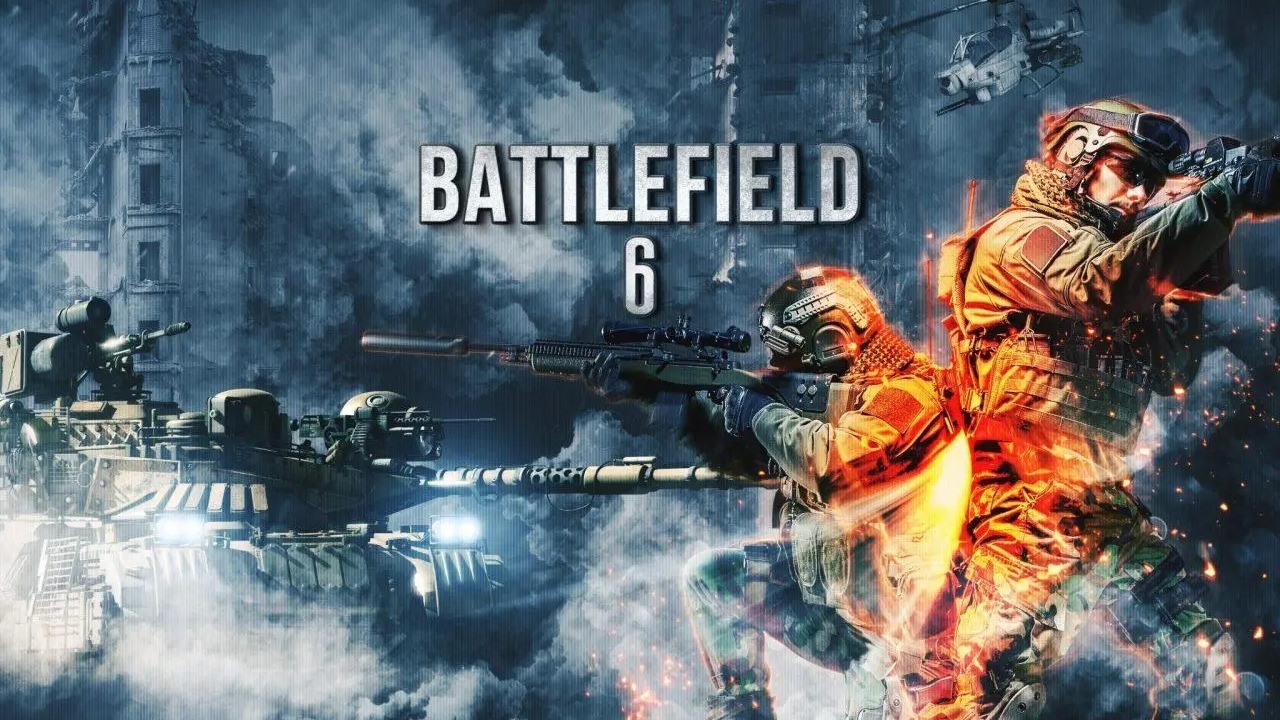
FPS games have also played a role in technological advancements. The development of physics engines, AI-driven enemy behavior, and online matchmaking systems has often been driven by the needs of FPS developers. Games like Half-Life 2 revolutionized physics-based gameplay, while titles like Battlefield pushed the limits of destructible environments. Many of these advancements have influenced other game genres, making FPS innovations essential to gaming as a whole.
However, FPS games have not been without controversy. Since the early days of Doom, the genre has faced criticism for its depiction of violence. Some critics argue that shooters glorify combat, while others point to concerns about gaming addiction and toxic online communities. Despite these debates, research has found no direct link between FPS games and real-world violence, and the genre remains one of the most popular in gaming.
The cultural impact of FPS games can also be seen in movies, TV shows, and even music. Franchises like Doom, Halo, and Call of Duty have inspired films and series, while FPS soundtracks and voice lines have been sampled in songs. FPS mechanics have even influenced other game genres, with role-playing games like Cyberpunk 2077 and Fallout integrating first-person shooter elements into their gameplay.
From professional esports to streaming culture, technological advancements, and mainstream media, FPS games have shaped modern gaming in ways few other genres have.
Challenges and Controversies
Despite their success, FPS games have faced several challenges and controversies over the years. Some of the biggest issues include violence, monetization practices, and player toxicity.
The debate over violence in video games has been ongoing since the 1990s. When Doom and Wolfenstein 3D first gained popularity, critics argued that their violent content could desensitize players or encourage aggression. This debate intensified after incidents like the 1999 Columbine shooting, where the media falsely linked FPS games to real-world violence. However, extensive studies have found no conclusive evidence that playing FPS games leads to violent behavior.
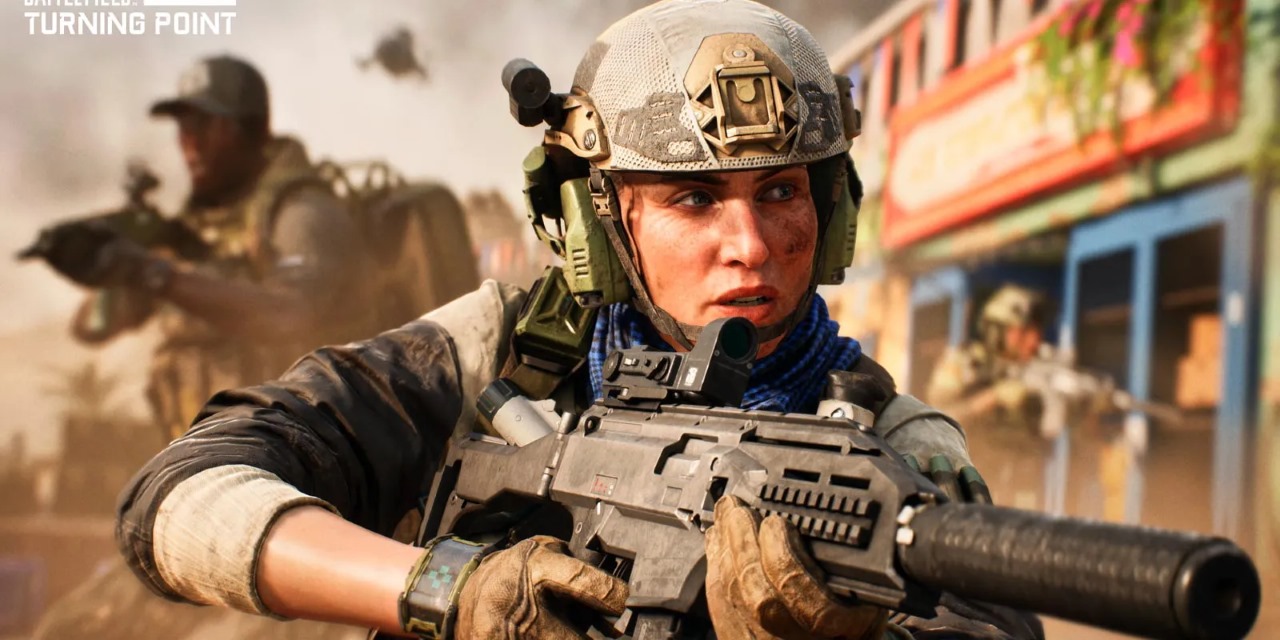
Another major challenge has been the rise of predatory monetization practices. In the past, FPS games were straightforward purchases—players bought a game and had access to all its content. However, modern shooters often include loot boxes, battle passes, and microtransactions, leading to accusations of pay-to-win mechanics. Games like Call of Duty: Warzone and Battlefield 2042 have faced backlash for aggressive monetization strategies, forcing developers to rethink how they handle in-game purchases.
Toxicity in online communities is another issue FPS games have struggled with. Because shooters often feature competitive multiplayer modes, trash talk, cheating, and harassment have become widespread in some gaming circles. Developers have introduced measures like reporting systems, anti-cheat software, and AI moderation tools, but toxicity remains a significant problem in competitive FPS gaming.
Despite these challenges, the genre continues to thrive. Developers are addressing monetization concerns, improving moderation tools, and ensuring FPS games remain fun and accessible for all players.
The Future of FPS Games
As gaming technology continues to evolve, so too will FPS games. Several key trends are shaping the future of the genre, including AI-driven gameplay, cross-platform connectivity, and new levels of immersion.
One of the most exciting developments is the rise of AI-driven enemies and dynamic storytelling. Future FPS games may feature opponents that learn from player behavior, adapting their tactics in real time. This could lead to more challenging and unpredictable encounters, making single-player campaigns feel more lifelike.
Cross-platform play and cloud gaming are also transforming FPS gaming. Titles like Call of Duty: Warzone and Fortnite have already embraced cross-platform compatibility, allowing players on PC, console, and mobile to compete against each other. Meanwhile, cloud gaming services like GeForce Now and Xbox Cloud Gaming are making FPS titles more accessible, removing hardware limitations.
Another exciting possibility is augmented reality (AR) FPS games. While VR has already proven how immersive first-person shooters can be, AR-based shooters could introduce real-world FPS gameplay through wearable technology. Imagine playing a tactical shooter in your living room, where virtual enemies blend with real-world surroundings—a concept that could redefine FPS gaming.
With advanced AI, cross-platform accessibility, and new immersive technologies, FPS games are set to continue evolving, offering fresh experiences that push the boundaries of the genre.
Conclusion
From the pixelated corridors of Doom to the hyper-realistic battlefields of Call of Duty: Modern Warfare, FPS games have undergone a remarkable transformation. Each era has introduced new mechanics, cultural shifts, and technological breakthroughs, proving that the genre is far from static.
As we look to the future, one thing is certain—FPS games will continue to evolve, bringing new challenges, innovations, and unforgettable experiences to players around the world.




